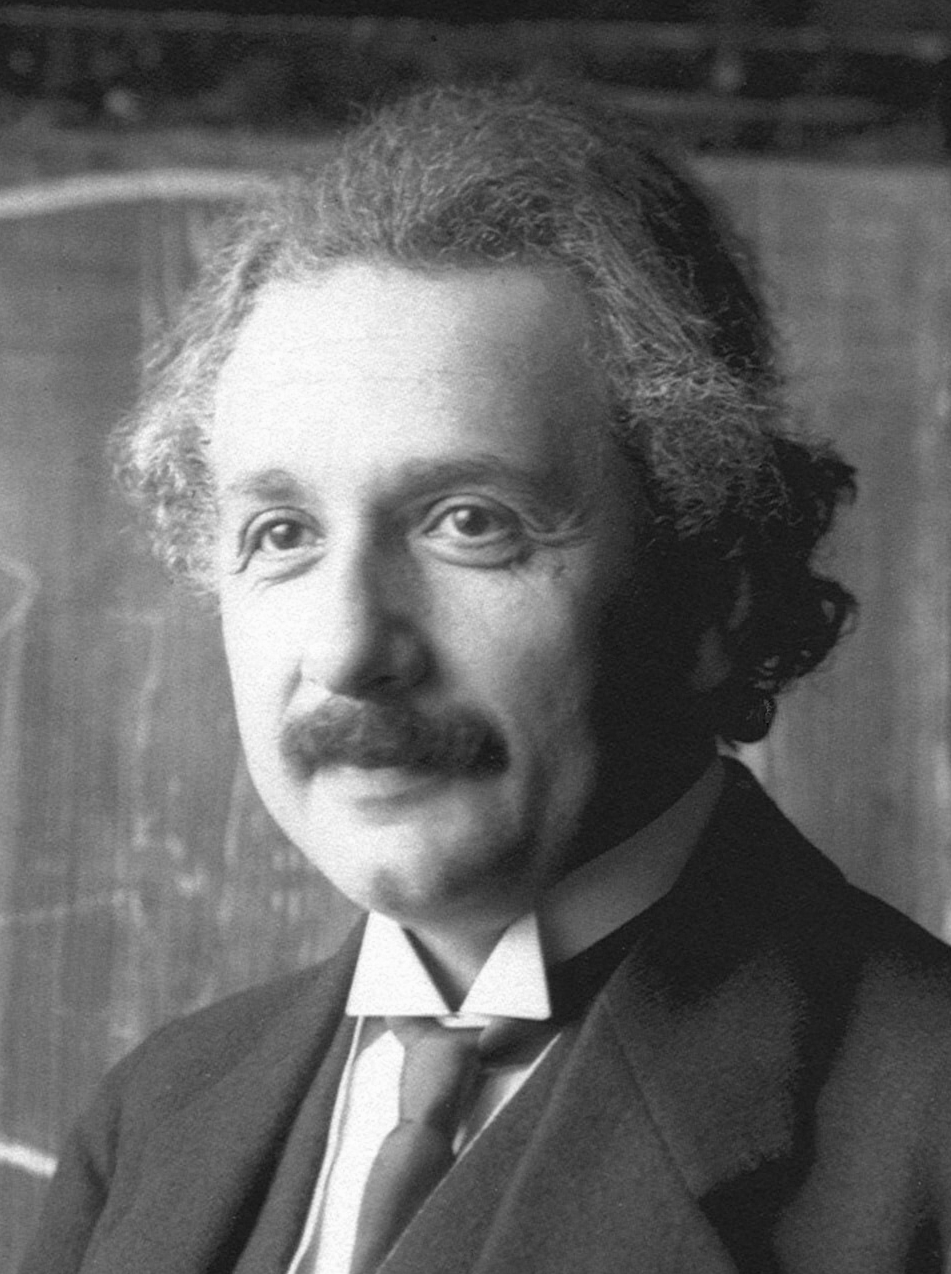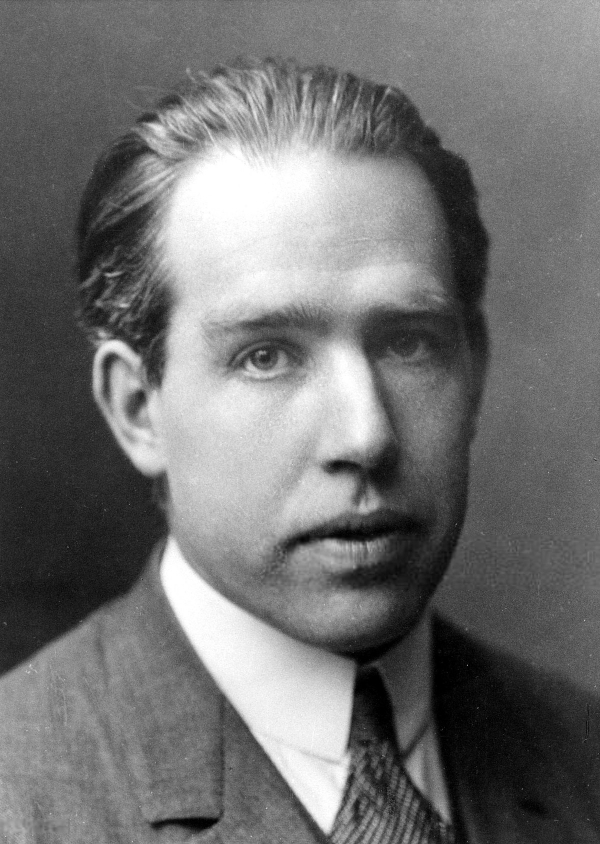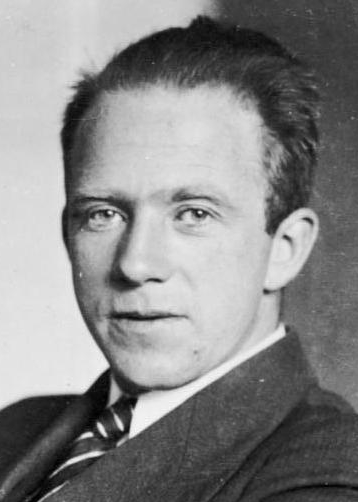14. ATTEMPTS AT RECOVERY (THE 1920s)

QUANTUM MECHANICS
THE EMERGING REALM OF QUANTUM MECHANICS |
The textual material on page below is drawn directly from my work
A Moral History of Western Society © 2024, Volume Two, pages 130-131.
While
the more popular world of science was confident that somehow it was
increasingly able to bring life under human mastery, another – vastly
more esoteric – realm of science was finding itself caught in a
discussion, even a debate, about what exactly all of reality was built
on. Interestingly, in the mid-1920s, the great German physicist
Albert Einstein and his Danish physicist friend Niels Bohr found
themselves in deep debate over the findings of the "quantum revolution"
… something that was actually forcing them to reconsider the most
fundamental laws of physics … the traditional laws of Newtonian physics
that had lesser scientists certain that they not only understood but
also could soon control the dynamics of the physical world.
Einstein and Bohr – but also others joining them in this debate, such
as Werner Heisenberg, Erwin Schrödinger, and Max Born – found
themselves much less certain about the predictability of the world of
light, heat, mass, etc. … because the very fundamental nature of the
smallest element or quantum of life itself, an energy particle that
moved at the speed of light – which Einstein termed a "photon" – was
hard to pin down.
But … was it in fact a particle – or a wave of energy? And if a
particle, where exactly was it, and where was it headed?
Actually, Einstein and Schrödinger tended to the wave side of the
debate … although it was understood by most of this new group of
scientists that it could be both!
Heisenberg demonstrated with his "uncertainty principle" that if you
could locate its present position, you would be unable to identify its
momentum – its speed or trajectory. Likewise, if you could get a
sense of where it was headed and how fast it was moving, you could not
simultaneously locate its present position. You could compute one
or the other, position or momentum, but not both at the same
time! It was thus a most "uncertain" matter!
Worse, the very act of the observer investigating the photon and its
dynamics would itself impact those dynamics, prejudicing the outcome of
the experiment (the "observer effect")!
Thus physics found itself working not with exact measurements, but only
with probabilities of small variances in its calculations. True,
those probabilistic variances were very, very tiny. But they were
variances nonetheless!
Wow! There went the world of exact science out the window!
Of course, this was such an esoteric matter that it had almost no
impact on the world of popular science at the time … so certain was the
world of popular science that it was on the edge of bringing life under
full human mastery. There was no "probability" about that.
That was a matter of absolute certainty!
But life was soon, once again, to undermine the cultural world of intellectual certainty.

Albert Einstein (1921)

Niels Bohr (1922)

Werner Heisenberg (1933)

Erwin Schrödinger (1933)
 For more on Einstein For more on Einstein

Go on to the next section: Depression and Dictatorship
 Miles
H. Hodges Miles
H. Hodges
|




 Miles
H. Hodges
Miles
H. Hodges